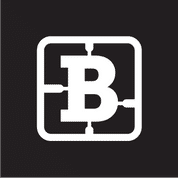Brandkit is a Digital Asset Management Software. Brandkit offers Workflow Management, Metadata Management, Asset Sharing, Asset Library, Asset Categorization and many more functionalities.
Some top alternatives to Brandkit includes Asset Bank, Brandfolder, iDAM, Bynder and 4ALLPORTAL.
Yes, Brandkit provides API.
No, Brandkit doesn't provide mobile app.
Brandkit is located in Auckland, New Zealand
Brandkit offers Subscription, Quotation Based pricing models
The starting price of Brandkit is $50/Month














